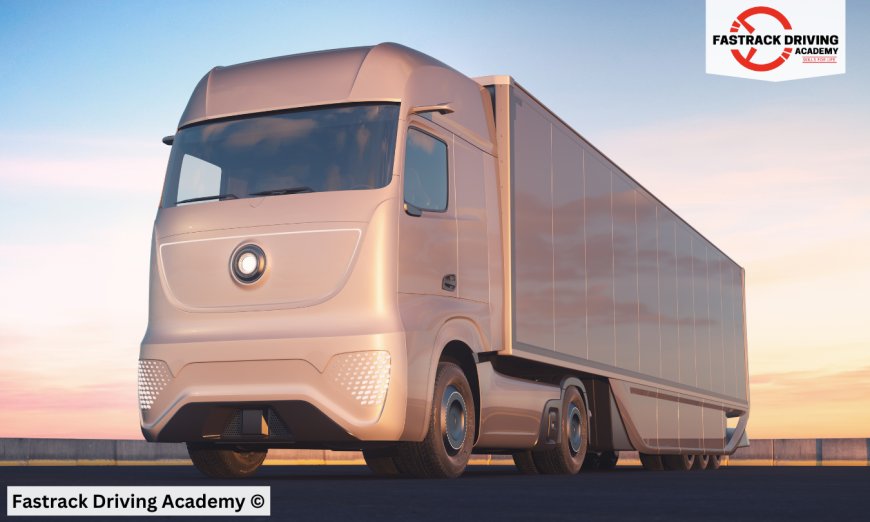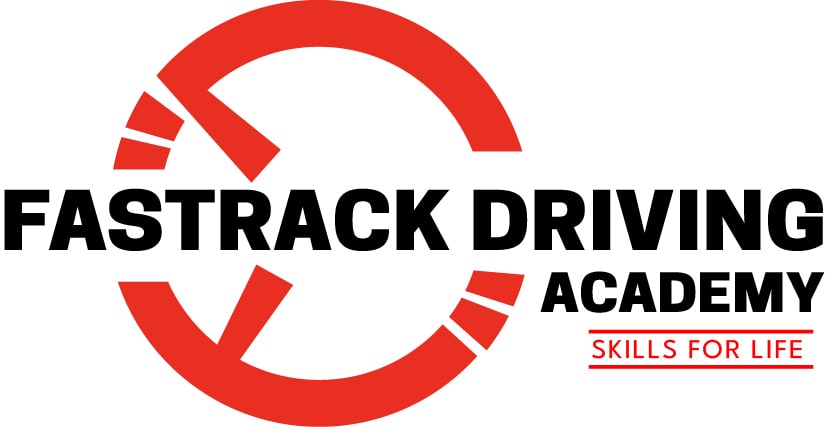The trucking industry, a vital component of global trade and logistics, is undergoing a transformative shift. As automation technology advances, the ways in which goods are transported are evolving. From self-driving trucks to advanced fleet management systems, automation is poised to reshape the trucking industry. Here’s a closer look at how automation is changing trucking and what this means for the future.
1. Self-Driving Trucks: The Future of Freight
Self-driving or autonomous trucks are perhaps the most widely discussed aspect of automation in the trucking industry. With technology from companies like Waymo, Tesla, and TuSimple, autonomous trucks are becoming a reality. These trucks use sensors, cameras, and advanced algorithms to navigate roads, reducing the need for human drivers.
The potential benefits are enormous. Autonomous trucks could help reduce driver shortages, lower labor costs, and increase fuel efficiency. Moreover, they could improve safety by eliminating human error, which accounts for a significant percentage of road accidents. However, the widespread deployment of self-driving trucks also raises concerns about job displacement, regulatory challenges, and public safety.
2. Fleet Management Systems: Smarter Logistics
Beyond autonomous driving, automation is enhancing the logistics side of trucking. Advanced fleet management systems (FMS) are now integrated with real-time data analytics, GPS tracking, and AI-driven route optimization tools. These systems allow fleet operators to monitor trucks in real-time, track performance, and optimize routes for efficiency.
For truckers, this means fewer delays, reduced fuel consumption, and better overall fleet performance. In turn, these systems can also help lower operational costs and improve the delivery of goods, benefiting both shippers and consumers. Automation also enables predictive maintenance, where trucks can be serviced before major problems arise, minimizing downtime and extending vehicle lifespan.
3. Automation in Warehouses and Distribution Centers
Automation doesn’t just stop at the road. Warehouses and distribution centers are increasingly turning to robots and automated systems to streamline processes. Automated guided vehicles (AGVs) and drones are used for moving goods within warehouses, reducing the need for manual labor and improving accuracy in order fulfillment.
This technology also enhances the speed of inventory management. Drones equipped with RFID and barcode scanners can quickly assess stock levels and track shipments in real-time, creating a more efficient and responsive supply chain. As automation continues to grow, this will result in faster, more reliable deliveries across industries.
4. The Impact on the Workforce
While automation offers numerous benefits, it also poses challenges, particularly for the workforce. Truck drivers have traditionally played a critical role in the industry, but with the rise of autonomous technology, many worry about job losses. However, it’s important to note that the industry is unlikely to fully replace human drivers anytime soon.
Instead, the role of truck drivers may evolve. While some truckers may transition to driving only in specific situations (such as urban areas or complex environments), others may take on more strategic roles, such as managing the automation systems or overseeing fleet operations. Reskilling and training programs will be key in helping the workforce adapt to these changes.
5. Environmental Impact and Sustainability
Automation also has the potential to make the trucking industry more sustainable. Electric trucks and autonomous fleets can reduce fuel consumption and greenhouse gas emissions. Companies like Nikola, Rivian, and Tesla are leading the way in developing electric trucks that are not only self-driving but also environmentally friendly.
With automation, trucks can drive more efficiently, reducing the need for fuel-intensive braking and acceleration. This means lower emissions, less fuel consumption, and a smaller carbon footprint for the industry as a whole. For companies committed to sustainability, this shift towards green technologies could be a significant advantage.
6. Challenges and the Road Ahead
Despite the advancements, the path to fully automated trucking is not without obstacles. Regulatory hurdles, safety concerns, and public acceptance are significant barriers that must be addressed before automation can be fully integrated into the industry. Governments and regulators will need to work closely with industry leaders to create safe, fair, and effective policies that promote automation while ensuring the safety of all road users.
Additionally, infrastructure development, such as smart highways equipped with sensors and data-sharing capabilities, will be necessary to support autonomous vehicles.
Conclusion
Automation is undoubtedly changing the trucking industry, and its impact will only continue to grow in the coming years. From autonomous trucks to smarter fleet management systems and greener technologies, the evolution of trucking promises to increase efficiency, reduce costs, and improve safety. However, this change also requires careful planning, adaptation, and collaboration between technology providers, regulators, and the workforce to ensure a smooth transition into this new era of transportation.
As the industry evolves, one thing is clear: automation is not just a trend but the future of trucking.

































